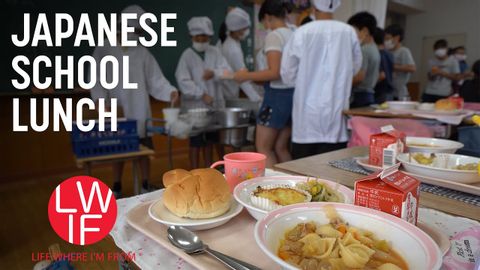きゅうしょく:日本の給食の作り方 (Kyushoku: The Making of a Japanese School Lunch)
林宜悉 が 2021 年 01 月 14 日 に投稿  この条件に一致する単語はありません
この条件に一致する単語はありませんUS /ˈprɑsˌɛs, ˈproˌsɛs/
・
UK /prə'ses/
- v.t.(コンピュータの)データを処理する;処理する;処理する;一連の工程を経る;加工する : 加工処理する;理解する
- n. (c./u.)手続き;一連の行為;方法;訴訟手続き;プロセス (コンピューター)
US /oˈbisɪti/
・
UK /əʊ'bi:sətɪ/
US /ˈbesɪkəli,-kli/
・
UK /ˈbeɪsɪkli/
US /ɪkˈspɪriəns/
・
UK /ɪk'spɪərɪəns/
- n. (c.)経験;経験;経験;体験
- n. (c./u.)経験;職務経験
- v.t./i.経験する
エネルギーを使用
すべての単語を解除
発音・解説・フィルター機能を解除

